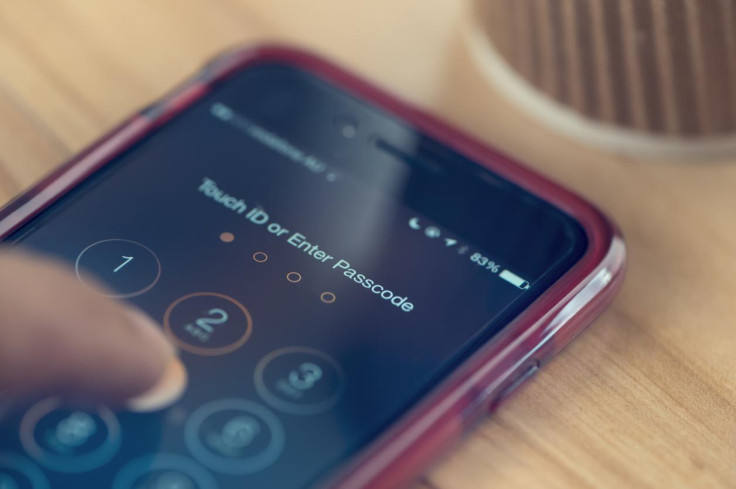What is two-factor authentication and how can it protect your accounts from hackers?
How to stay safe online: Two-factor authentication is one way to avoid hacking.

Taking steps to protect your online accounts is becoming increasingly important as cybersecurity threats on the web grow more sophisticated by the day. Multi-factor authentication remains one of the most effective ways of staying secure.
There are two main types of security verification: two-step and two-factor. Despite being used interchangeably, with each having subtle differences, both contain a mixture of something you know (password), something you have (USB security key) and something you are (fingerprint).
Two-step authentication is perhaps the more common of the two, with online services sending a multi-digit SMS code to a phone before permitting access an account.
Two-factor authentication, meanwhile, takes things one step further by needing both a password and a secondary option, often biometrics such as voice, eye scan or fingerprint, before allowing entry. Often, physical keys (via USB) are used to store credentials.
But why is this important? In short, it's vital to use multi-factor authentication because it means that even if a hacker or cybercriminal obtains your standard password they won't be able to access to your accounts and pilfer sensitive information.
Services which typically offer the service include social networks, financial services and email providers. Facebook, Twitter, Google, and Apple all will have their own versions of authentication. You can check here to find out more about individual websites.
There is no doubt it has the ability to avert embarrassing hacks.
The email leaks of John Podesta, a close Hillary Clinton aide, would have been prevented if two-factor was used. As could the so-called "Fappening", when a hacker infiltrated unprotected iCloud accounts to steal nude pictures of celebrities.
If a hacker gets into your accounts they have the ability to then lock you out and change your credentials. They can access, tamper with, or delete anything they choose.
Not having multi-factor is the online equivalent of locking a front door by placing a wooden chair to the handle. With it enabled, it's like having a drawbridge and moat, with an attacker able to see the entrance from a distance, but in most cases not able to break through.
"As the public wakes up to the fact that all personal data stored online is valuable to hackers, there is a growing demand for these methods," Brian Spector, chief executive at enterprise security firm Miracl, told IBTimes UK.
"Outdated password technology is behind many of the high-profile breaches we hear about each week," he continued, adding: "It is vulnerable to myriad of attacks and leaves users susceptible to password theft and social engineering.
"The truth is, traditional passwords are simply not up to the standard required to secure the private information that we all store and access online today. A much more secure alternative is to replace passwords with two-factor authentication."
Of course, multi-factor authentication won't save you every time. Two-step in particular is often criticised as weak because a hacker may be able to intercept your multi-digit code as it travels to the phone. Another problem: if you lose your connected phone you may be in trouble.
For most general web users, however, it's a fundamental foundation of security. To bolster account secrurity even further, it should be used in conjunction with strong, unique, passwords. Others tips apply, never share your credentials with anyone else or re-use them on other websites.
© Copyright IBTimes 2025. All rights reserved.






















